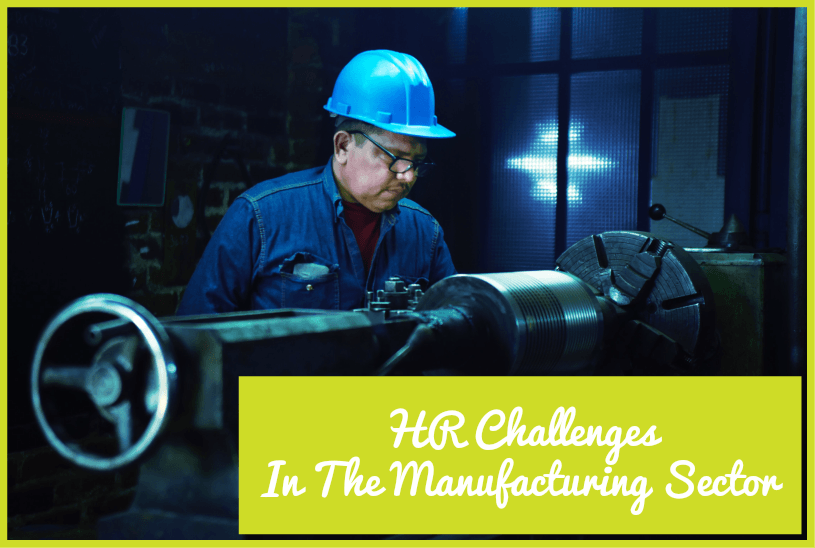
HR Challenges In The Manufacturing Sector
The manufacturing sector has historically been the weather wane for the global economy, the first to benefit in times of economic prosperity and the first to suffer during a recession.
There aren’t many sectors which evolve as quickly and this leads to a unique set of challenges faced by HR who must evolve rapidly to keep up. Failure to address these challenges have a serious detrimental impact on the industry.
Falling Levels Of Employee Engagement
Employee engagement is one of the most crucial elements of creating a successful business but recent research has shown that worldwide, just 15% of employees would describe themselves as engaged in their work. This is a shocking statistic.
A study by Gallup highlights that high levels of employee engagement have a direct impact on:
- Customer satisfaction
- Turnover and profitability
- Productivity
- Shrinkage/theft
- Absenteeism
- Employee turnover
- Health and safety incidents
For the manufacturing sector, this level of disengagement can have dramatic effects on not only productivity and turnover, but it can directly affect health and safety risks too.
Engaged, motivation and loyal employees are more likely to take care and attention in their work, follow procedure and actively work to improve conditions.
So when it comes to establishing robust health and safety policies, employee engagement should be considered right up there alongside effective lubrication equipment, manual handling training and accident reporting.
Developing your employee engagement strategy can help manufacturing businesses thrive.
Measuring and improving engagement isn’t easy for any company, but the nature of the sector means that employees are often spread across multiple locations across different countries and have varying levels of union involvement.
Don’t rely on annual surveys to highlight any problems, use continuous feedback to measure and improve. Tools such as Peakon or Lattice are a great place to start.
Recruiting & Retaining The Right Talent
Manufacturing across the world tends to suffer from an image crisis which can deter people from considering it as a career. Younger generations believe that working in the sector can be dangerous, unsafe, low paid and provides no room for real career progression.
In fact, the sector is crying out for STEM graduates for increasingly sophisticated roles.
The available pool of talent you are competing for is shrinking. As the average age of the existing workforce continues to increase, HR needs to address this rapidly.
Using HR As The ‘Stick’
HR itself is undergoing a huge change at the moment too.
In years gone by, the HR function was used to recruit employees and keep them under control.
Today, a more holistic approach is adopted by forward-thinking HR departments. Their roles include training, health and wellbeing, performance management and long term people strategies. HR professionals are making their way into senior management and even the board room, a reflection on HR’s importance to any organisation.
Some in the manufacturing industry, still don’t give their HR teams the scope they need to operate effectively and still use them as a ‘wardens’ to keep the workforce in line. This myopic view of the HR function leads to an ‘us’ and ‘them’ mentality between leadership and the rest of the workforce.
Leadership and HR need to work in partnership to create a positive working environment.
© New To HR


